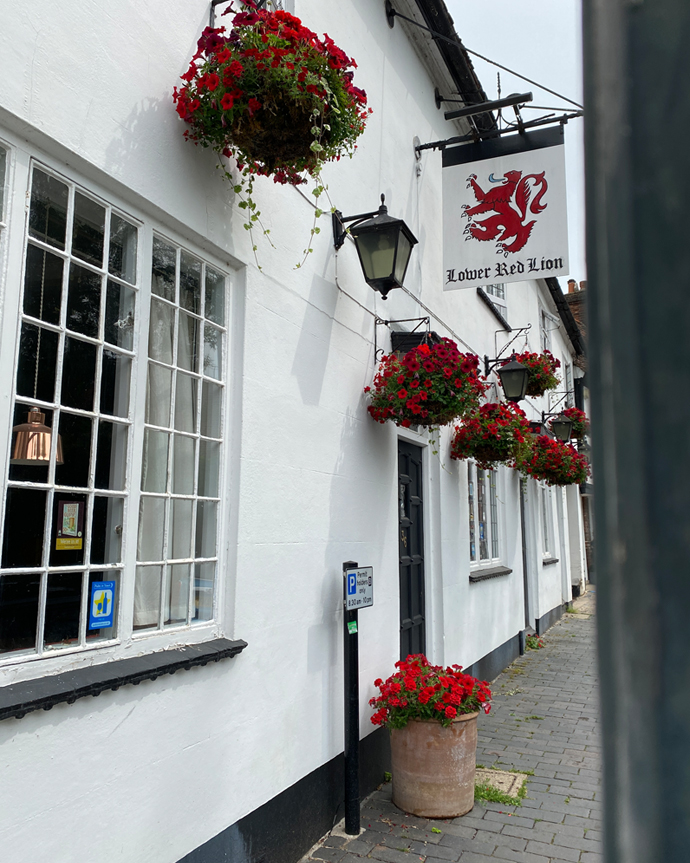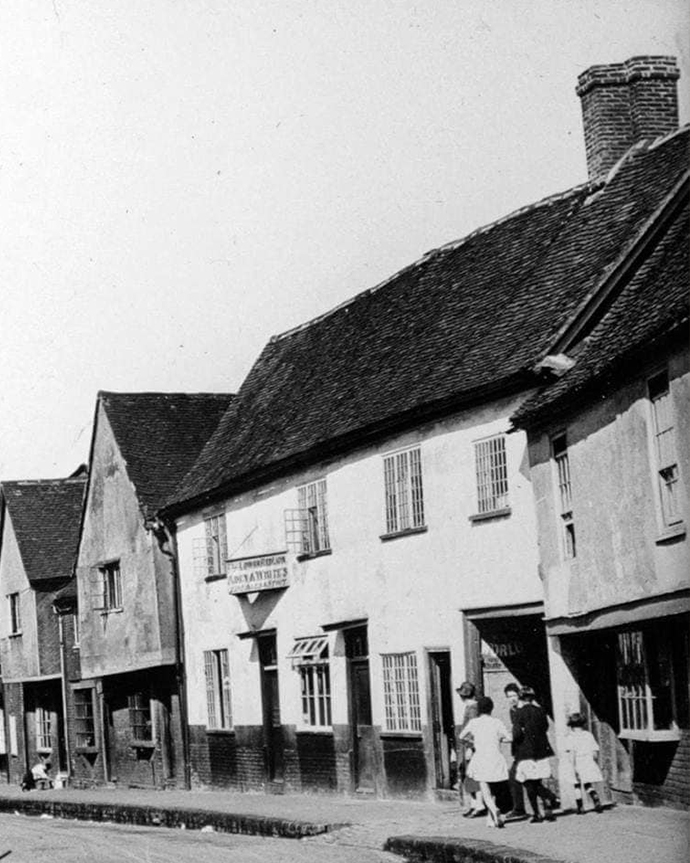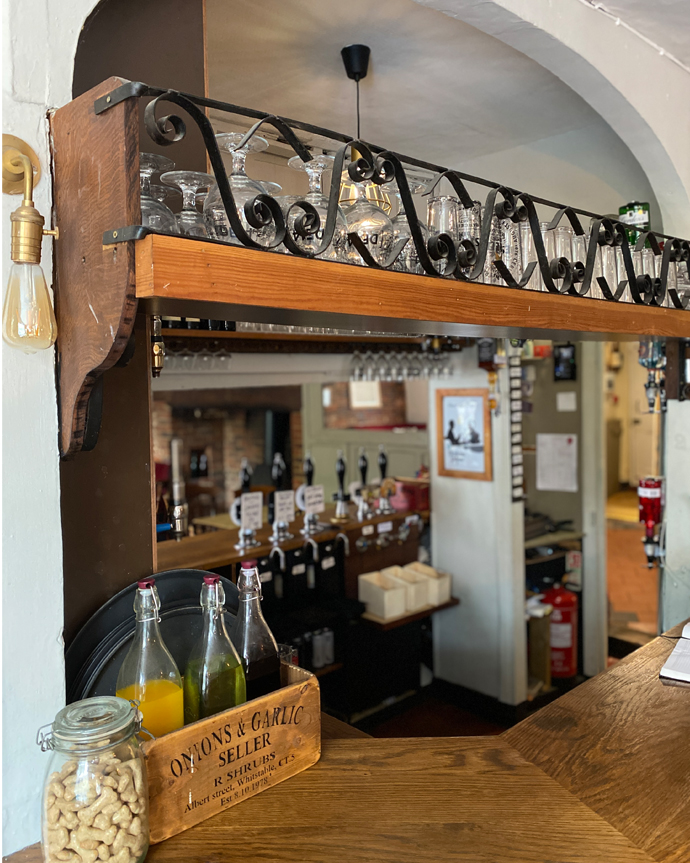Here since 17th Century
Located in the conservation area between the city centre and the site of Roman Verulamium, the pub stands in one of St Albans’ most picturesque streets. Although it was located on a key coaching route, the Lower Red Lion itself was not a major coaching inn or post-house. We can tell this from the architecture – the height of the yard arch would not accommodate a full coach – and from the absence of any noteworthy guests (though Queen Victoria herself took tea at a nearby hostelry).


Our History
Our pub would have catered for poorer travellers and local workers, and probably offered stabling services. It is very likely that those travelling from Ireland to London included some of the more colourful characters of society with many stories to tell, but those stories look lost to us forever.
The Red Lion is one of the commonest pub-names in England, derived from a range of heraldic uses, including the House of Lancaster.
Beer… Much safer than water!
During the 18th and 19th Century, ale was frequently safer to drink than water, so is not surprising that by 1820 the ratio of adult male inhabitants to licensed ale houses in St Albans was 25:1 – the small town of St Albans was home to dozens of inns, pubs and beer retailers, including at least four Red Lions:
The Great Red Lion
Little Red Lion
Rampant Red Lion & our
Lower Red Lion


1819 we become The Lower Red
The earliest known mention of the existence of a Red Lion pub at 36 Fishpool Street is 1767 when Daniel Crouch was proprietor, though – as historical records do not always distinguish clearly between the separate Red Lions – it may have existed earlier. It is also probable that today’s inn was in fact two or three neighbouring houses knocked into one – this is suggested by its three front doors.
By 1819 – when the landlord was charged with assault – the name Lower Red Lion was being used to distinguish our pub from the others.
